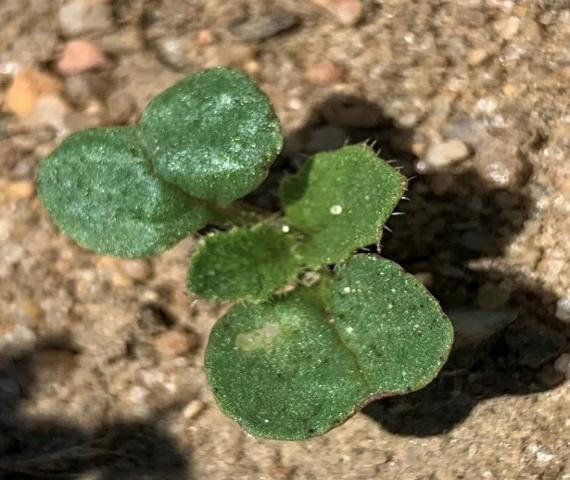
Stanley Culpepper, University of Georgia (UGA) Cooperative Extension weed specialist, warns growers to exercise caution when managing wild radish as it has become resistant to some fungicides. Culpepper says, "Wild radish has certainly been a challenge for us in some cropping systems for my 23 years. If you’re looking at burn-down for cotton, it’s huge, it’s a challenge, it’s difficult to manage. If you’re growing broccoli, cabbage or...

A new online certificate program oriented towards growers, consultants, suppliers and regulators has been launched by the University of Florida Institue of Food and Agricultural Sciences (UF/IFAS). The Fertilizer Science and Technology certificate program is an online program that can be completed at the student's pace. The program requires three courses to be completed, and one three-credit elective. Once completed, the certificate can be...
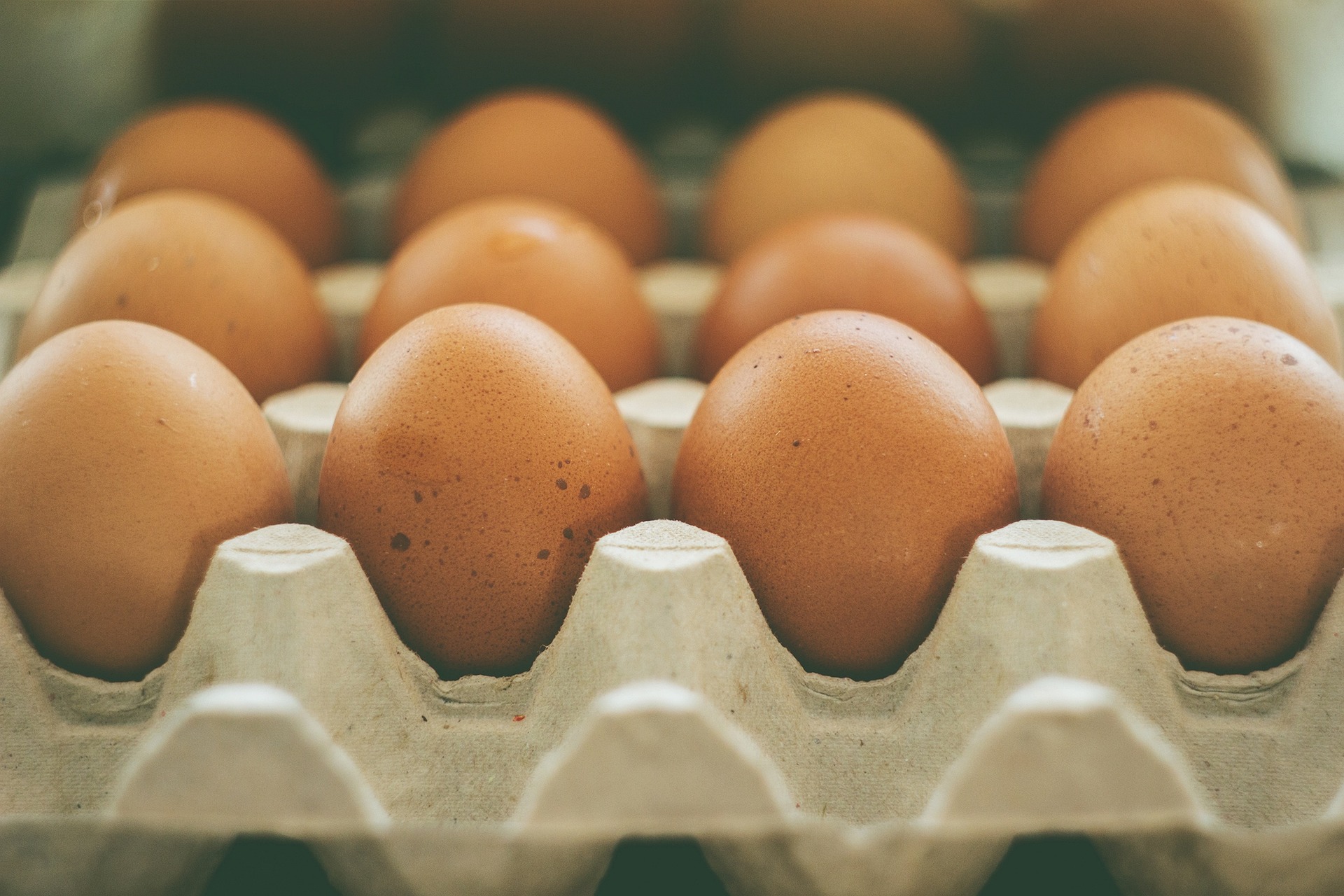
As we look back on 2022, many changes and memories come to mind, one of these changes being the price of a dozen eggs in the grocery store. According to the Bureau of Labor Statistics, in 2021, the price of a dozen Grade A eggs was $1.82, while in 2022, this price jumped to $3.60. Two factors are causing this jump in price, one being the rising cost of chicken feed, but the main culprit is highly pathogenic avian influenza.

The Agriculture Council of America is hosting an essay contest for National Ag Day, which falls on March 21, 2023. This national contest has two categories, a written essay category, and a video essay category, with each category winner receiving $1,000. Any student in grades 9 through 12, who are a U.S. citizen, can compete. All entries for this contest are due February 15, 2023, and to learn more, visit agday.org. Ag Day | Essay Contest
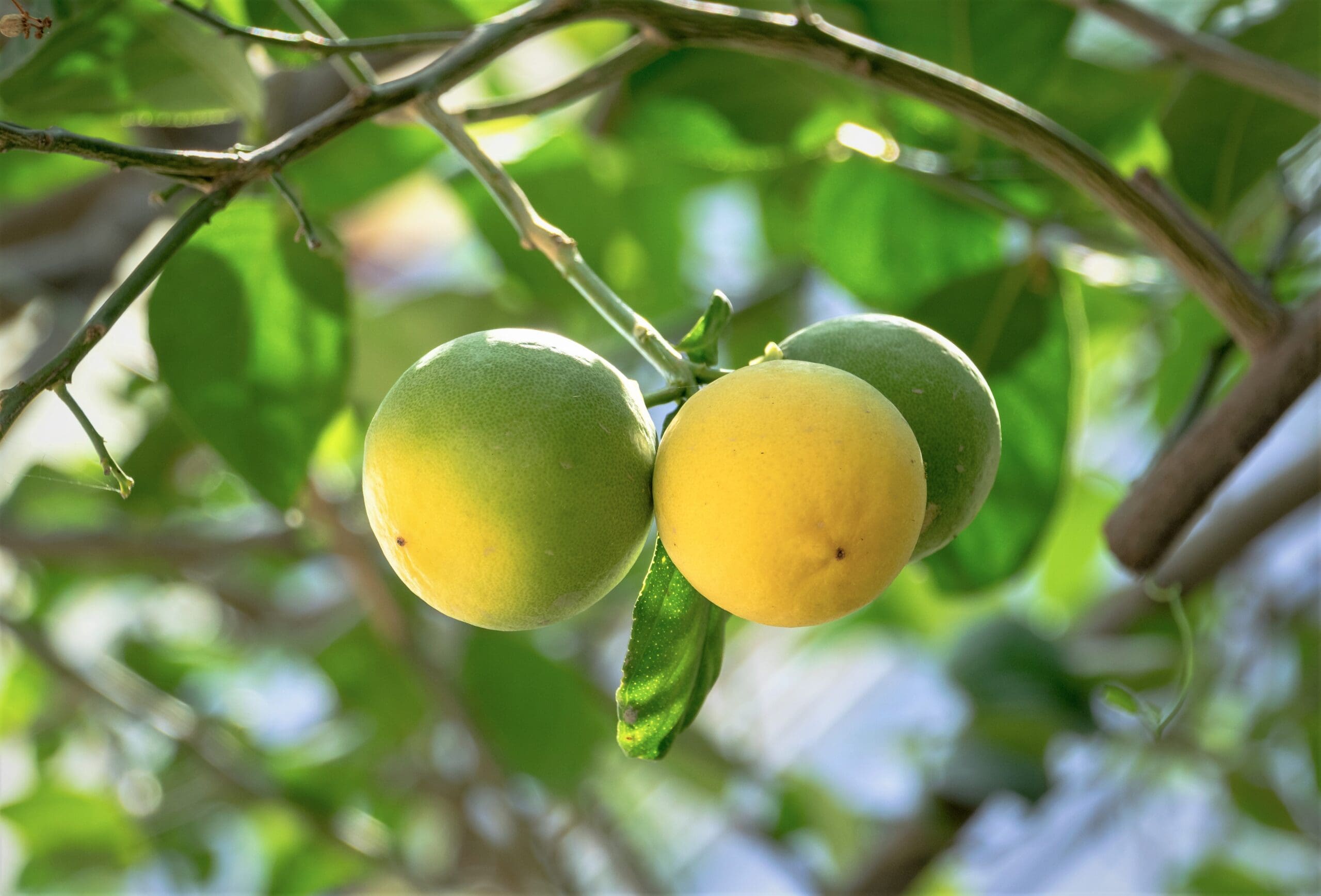
The University of Florida Institute of Food and Agricultural Sciences, UF/IFAS, is working to develop citrus trees that are resistant to huanglongbing (HLB) or citrus greening. Jose Chaparro, UF/IFAS associate professor, says, “In the future, you will not grow a variety that is not HLB tolerant or resistant. It’s not economically feasible long term. Production costs are too high.” Chaparro says that they are breeding cold-hardy fruit that...

According to Cornell University's Dr. Clinton Neill, more than 500 counties across the United States have shortages of food animal veterinarians. Less than 5% of veterinary school graduates pursue livestock or other food animal practice areas, compared to 40 years ago when about 40% of graduates specialized in these areas. Many factors have led to this shortage, but one of the main ones is education debt. This debt issue is causing many new...

Over 47 million birds have died from infections and culling from avian influenza this year, according to a new report from Reuters. As Thanksgiving is rounding the corner, export bans and lowered egg and turkey production are causing supply issues and higher prices. Rosemary Sifford, chief veterinary officer for the Department of Agriculture, says, “Unfortunately, what we’ve done probably hasn’t been enough to protect us from this high...
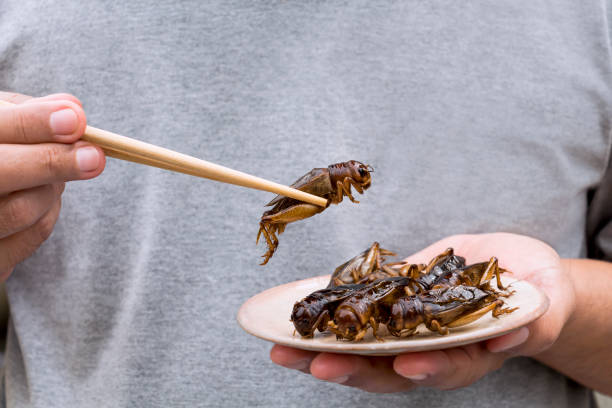
Protein from insects such as crickets, grasshoppers, ants, mealworms, and black soldier flies is being used to create various nutritious food products. By 2027 the insect protein market will reach 3.3 billion US Dollars as it is becoming popular with younger generations for sport nutrition. Some of these bugs are edible on their own, but others are being ground up and made into bars and cookies.
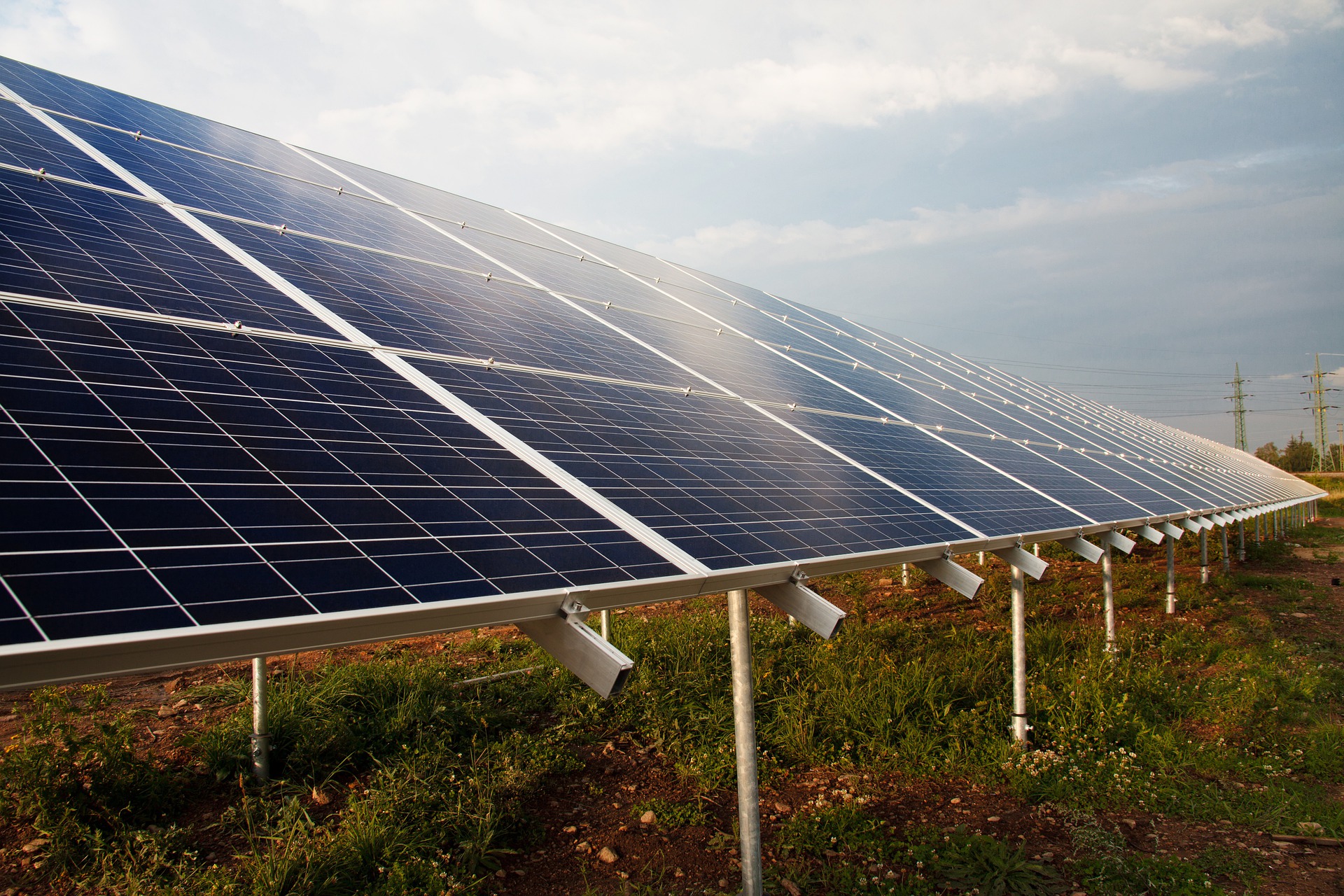
American Farmland Trust (AFT) announced a partnership with Edelen Renewables and Arcadia last Tuesday. To protect America's farmland and ranchland, the Farmers Powering Communities is using solar energy to combat climate change. They are bringing this renewable energy to communities where it is not readily available or places that do not have access to rooftop solar panels. This will begin in 2023 across a number of states that already have...
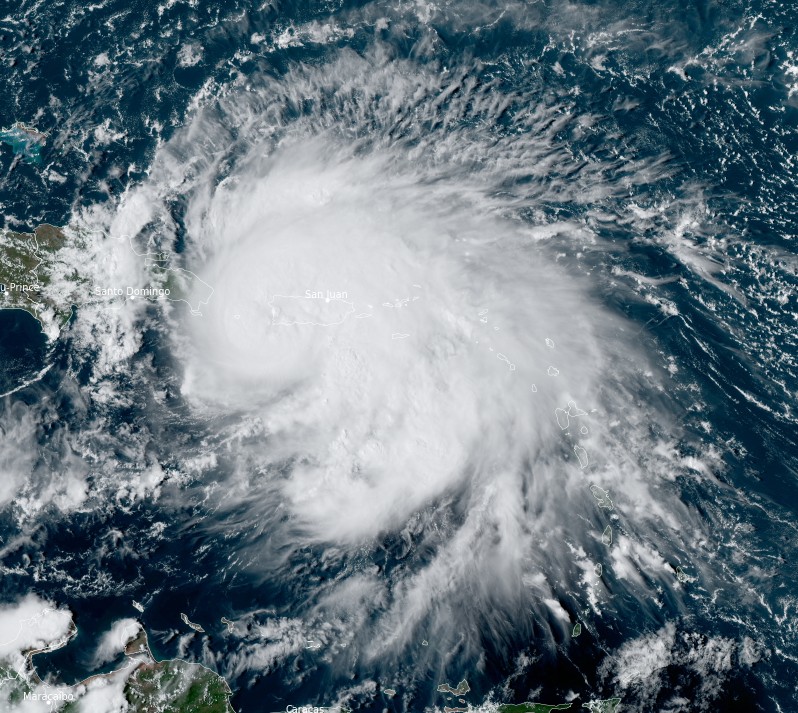
Over 90% of Puerto Rico's crops were destroyed as Hurricane Fiona hit the island as a Category 1 hurricane on September 17, 2022. Agriculture is an important aspect of the island, and some of the plants that were blown over did not lose their fruit, so farmers can still harvest and export the fruit if they have the correct equipment to get to their fields. The main crops that are grown are rice, sugar, cane, coffee, and corn.










